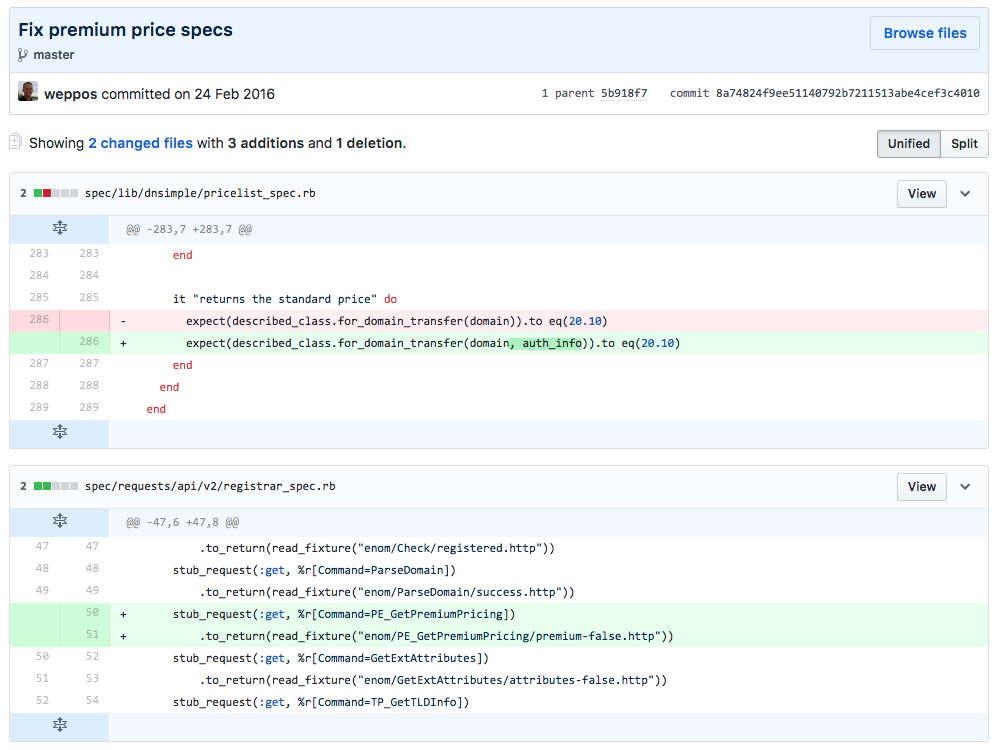
The starting point is excluded from the list and the interactive mode starts from the next commit. A starting point commit must be specified as we don’t normally want to edit the entire history. This is totally different to the basic use of rebase. The interactive mode of git rebase is used to squash commits. Squashing commits before merging or pushing to an origin repo simplifies the history in a large project. Why would you want to do this? Developers often commit very frequently when working locally on a feature, but don’t want to complicate the shared history with all these individual commits. Squashing re-writes the GIT history, making two or more commits appear as if they were a single commit. Rebased history is not the true history, so merging is safer. If there is a lot of merging it can complicate the history. Rebase can help to simplify the history of a project. > git rebase main # rebase the featureA branch onto main Why use Rebase? # > git switch featureA # make featureA the current branch >

At this point it is like any other branch and HEAD is no longer detached. Eventually they will be removed by the GIT garbage collector.Īlternatively, git branch can be used to put a branch on the current commit.

If you switch back to a branch, any previous commits outside a branch are isolated in the object database and are not referenced by any branch. After making some commits, you could do one of the following: At this point HEAD is no longer tracking a branch and so it is detached. You would checkout a commit rather than creating a branch. Why would this happen? Perhaps you want to do some experimentation without creating a branch. Detached head is a state where the HEAD is not referencing a branch, it is pointing to an older commit. Normally HEAD points to the current branch and thereby indirectly to the latest commit on that branch. HEAD is a reference to a branch or a commit. Git status at this point shows the message “you have unmerged paths…fix conflicts and run git commit…use git merge -abort to abort the merge”.Ģ files changed, 7 insertions (+ ), 3 deletions (- ) DETACHED HEAD # GIT will be in a special state where it expects the conflict to be resolved before continuing. If a conflict is detected during a merge, GIT will interupt the process and prompt for user action FeatureA still points to the last commit on that branch. The main branch is updated to point to this new commit and HEAD continues to point to main. This is a special commit as it has two parents - the previous commit on main and the previous commit on the featureA branch. GIT will create a new commit with the merged changes. Next merge the featureA branch into main using git merge featureA.

The process would be as follows:įirst switch to the main branch using either git switch main or git checkout main. When complete, the branch needs to be merged back into “main”. A feature branch is often created to work on a particular update. Merging brings changes from one branch into another. This article focuses on common GIT actions that affect branches, such as merging, rebasing branches and squashing local commits.


 0 kommentar(er)
0 kommentar(er)
